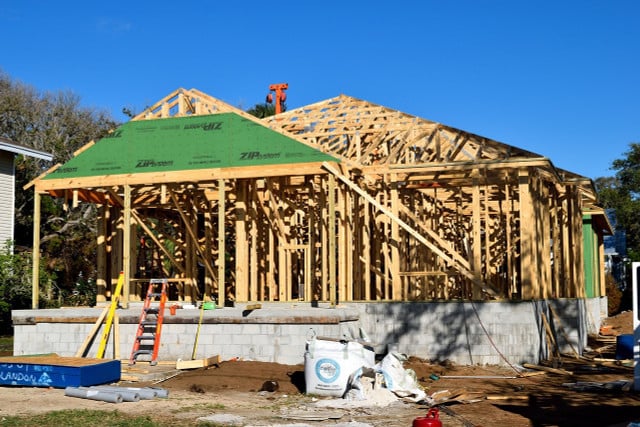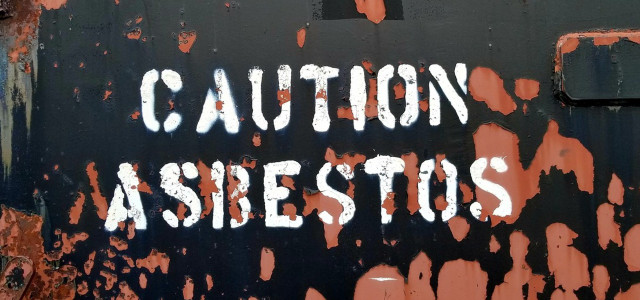For decades, products containing the material asbestos were widely used until scientists discovered the devastating health effects of prolonged asbestos exposure. When exactly was asbestos banned and more importantly why?
When Was Asbestos Banned and Why?
Asbestos is banned in many countries because of the harm it may do to people. For instance, in 1989, the United States partially outlawed asbestos, but it is still allowed (under rigorous controls) for several industrial and automotive applications.
Asbestos was once widely used in the building industry due to its high durability, resistance to heat, and insulating properties. While asbestos has many useful properties, it can potentially cause serious health problems, such as mesothelioma or lung cancer, if its fibers are breathed in.
Due of grave health concerns, numerous nations began strictly controlling the mineral in the 1970s. In 1973, the United States passed the first laws under the Clean Air Act with the help of the Environmental Protection Agency (EPA). In 1973, the United States’ E.P.A. first introduced restrictions under the Clean Air Act to protect employees and the general public against asbestos exposure. To comply with these rules, asbestos-containing items and standard procedures have to be identified.
In 1989, asbestos was partially banned in the US, yet some industries still used it. Interestingly, legislation regarding the complete ban of asbestos in all industries across the US was finally introduced in April 2022.
Where Is Asbestos Still Used?



(Foto: CC0 / Pixabay / paulbr75)
Asbestos is still widely used in insulation, pipelines, and roofs in several developing nations and can still be found in industrial settings there.
Asbestos is produced and used in eight major nations, in particular, that are home to about half of the world’s population. These countries are Brazil, China, India, Indonesia, Russia, Sri Lanka, Thailand, and Vietnam. Asbestos-related sickness has still to exact its devastating toll.
It’s significant to emphasize that safety procedures must be followed, and the use of asbestos is often strictly regulated in nations where it is still legal. Keep an eye out for asbestos in insulation, flooring, and paint in older objects and buildings. After all, many of these were constructed before the health problems of the substance were widely understood.
What Is Being Used as an Alternative to Asbestos?
Many organizations worldwide actively seek less hazardous alternatives to abestos in the modern era. The following are some viable alternatives to asbestos:
- Insulation and acoustic tiles, for example, can be made with cellulose fibers instead of asbestos because they are made from plants. Because they are made from decomposing plants or recycled paper, cellulose fibers are safe to use.
- To insulate a building, a material called mineral wool is used. This material is spun from a variety of different rocks. Mineral rock is a fantastic alternative to asbestos for use in insulation since it is fireproof.
- In addition to its use as a substitute for asbestos, ceramic fibers may be used as an insulator and fire retardant.
- Nowadays, polyurethane foam is frequently sprayed onto buildings as an insulating substance. Thanks to its polymer construction, it’s lightweight and easy to put to use.
- Commercial protective apparel and firefighting equipment can also be made with aramid fibers instead of asbestos.
These alternatives are thought to pose less of a threat to people’s health and the environment than asbestos does. Several of these compounds may offer their own health problems if handled poorly. Therefore, it is still essential to follow the relevant safety guidelines whenever these materials are utilized. Stay safe out there!
Read more:
- 10 Causes of Water Pollution & What You Can Do
- 10 Things You Need To Ban From Your Kitchen
- Can You Microwave Plastic Containers? Reasons Why You Shouldn’t
Important Information regarding Health-related Topics.
** Links to retailers marked with ** or underlined orange are partially partner links: If you buy here, you actively support Utopia.org, because we will receive a small part of the sales proceeds. More info.Do you like this post?








